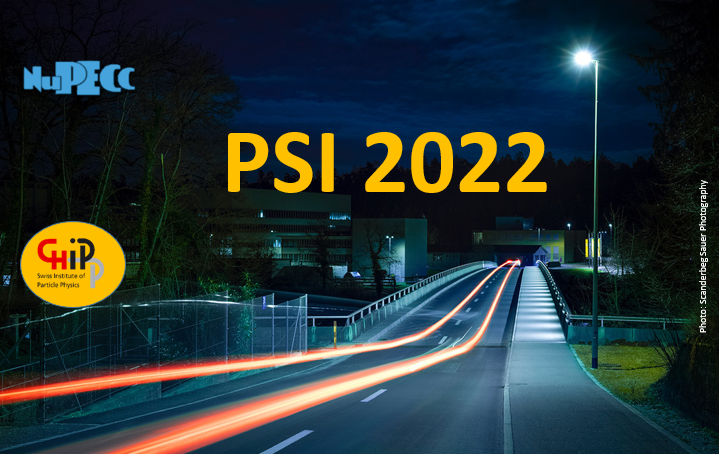Speaker
Description
The search for charged Lepton Flavour Violation in muon decays is a key tool to test the Standard Model at the intensity frontier. The MEG II and Mu3e experiments at PSI are respectively designed to detect $\mu \to e \gamma$ and $\mu \to eee$ with an unprecedented accuracy. Moreover, both experiments are competitive in searching for muon decays involving an invisible axion-like particle $X$. In this regard, a viable channel is the two-body decay $\mu \to e X$, whose signature is a monochromatic signal close to kinematic endpoint of the $\mu \to e \nu \bar\nu$ background. The hunt for such an elusive signal requires extremely accurate theoretical predictions for event generation and data analysis.
In this contribution, we present a new state-of-the-art computation of $\mu \to e X$ and $\mu \to e \nu \bar\nu$, both implemented in the McMule framework. Assuming the nominal performances of the MEG II and Mu3e detectors, we employ the new predictions to estimate the expected sensitivity on $\mu \to e X$ for different $X$ masses and couplings. The study evaluates with particular attention the impact of the theoretical error on the experimental analysis. Furthermore, we consider an hypothetical forward detector, conceived to increase the sensitivity for right-handed signals.

